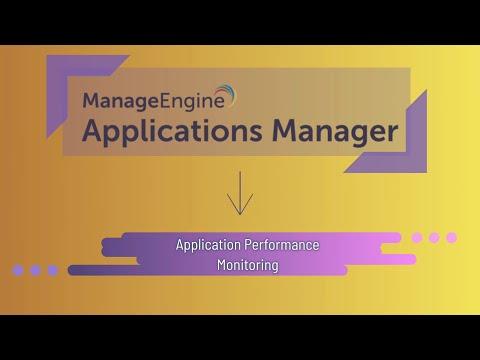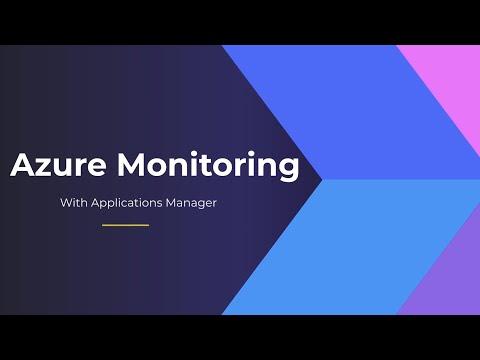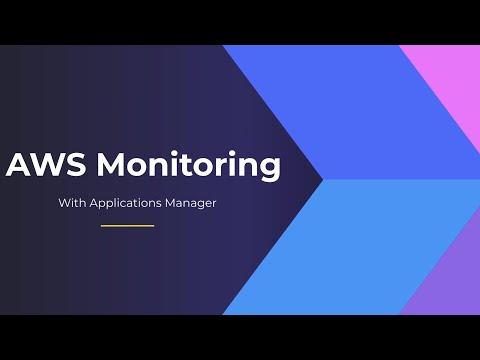The blog I posted a month ago highlighted some research that — working with my partner in ITSM research, Valerie O'Connell — we were still just beginning to analyze. The research included 400 respondents, with roughly 200 from North America, 100 from Europe and 100 from Asia. This Thursday, April 11 — and there will be ample time in replays — we will be presenting a webinar, Automation, AI and Analytics: Reinventing ITSM, that provides some of the more striking surprises and confirmations — the research resulted in a mix of both — that we just discovered.
In this blog, I'd like to share just a few of the headlines we found in each area.
We worked for a good three weeks across what in data analysis is called "banners" to see trends from differing perspectives ranging from company size and geography, to age in career, to success rates in analytics and automation, to enterprise service management (ESM) maturity, to active use of AI bots and virtual agents, to ITSM-related roles (and the list goes on). And we're still learning.
Confirming What We Thought (or At Least Hoped) to be True
Overall, we were hoping that ITSM's "reinvention" would turn out to be a reality. Were that not the case, much of the research would have been more like taps as darkness sets in, rather than reveille in greeting the dawn of a new day. We were to be more than pleasantly surprised. Indeed, we saw that many ITSM teams are becoming more progressive and responsive to dynamic business requirements through the adoption of analytic and automation technologies, as well as innovative uses of their ITSM platforms in support of ESM.
In terms of "who and what is ITSM really" we saw that the ITSM team is increasingly made up of stakeholders well beyond the service desk, which in turn contributes ITSM's broader outreach and its more willingness to drive innovation across all of IT, as well as in support of the business. In my last blog I listed some of the ITSM stakeholder roles outside of the service desk itself, ranging from operations to application support, to security and even development, as well as more strictly technical roles, such as data science.
More Than a Few Surprises
There were quite a few surprises. And in fact, many of the surprises indicated a yet-more-positive outlook than we expected — as are all four examples here.
1. A slight majority of respondents viewed ITSM as substantially growing in importance, while a still significant number viewed ITSM as somewhat growing in importance. Only a very small percentage saw ITSM as declining in importance. However, when we looked at role-related perspectives, we saw some striking differences between, say, executives, those "beyond the service desk," and core service desk professionals. (Just watch the webinar and you'll see what I mean.) But despite role-related differences, the data here shows that ITSM is truly reinventing itself — all the more so because optimism regarding ITSM's future strongly aligned with advances in analytic and automation adoptions.
2. And what about the ITIL (IT Infrastructure Library)? Is ITIL part of ITSM's reinventing itself or a thing of the past? Well, to our surprise, ITIL showed much more strongly than we anticipated (not that we're hostile to ITIL). Moreover, being bullish about ITIL also correlated with more progressive approaches to automation and analytics!
3. And what about enterprise service management (ESM)? Is ITSM support for business processes in everything from facilities to training to HR still a toe-in-the-water exercise? Apparently not. Although it's still maturing in many areas, only a tiny percentage of our respondents had no ESM plans.
4. The fourth surprise here, albeit the briefest bullet, is really two surprises in one. We saw unexpectedly high levels of AI bot and virtual agent adoption — no toe-in-the-water there; and perhaps even more surprising data on the growing importance of the Internet of Things in context with automation and analytics investments.
Where Surprises and Confirmations Converged
Sometimes what you expect, or hope to be true, becomes confirmed far more strikingly than you anticipated. So generally, we looked for synergies across analytics and automation, to see how the two were coming together, or not coming together. To what degree do they remain separate initiatives, and to what degree are they converging in what you might call "progressive handshakes?"
The data showed that they are coming together so strongly in patterns of adoption that the correlations were quite emphatic, especially among the more progressive and successful ITSM teams. For instance, citing from our report:
… those already automating complex processes, or actively expanding automation across the entire IT infrastructure, were:
■ More likely to have more investments in AI/analytics
■ Achieve more benefits from AI/analytics deployments
■ Show more points of integration for their AI/analytics investments
■ Be more likely to have AI/analytics drive their automation
These synergies translated dramatically as well when mapping analytic success rates to those with automation. And they even translated beyond automation and analytics per se into ESM.
Summing Up
The webinar on April 11 will illustrate and further document all of the above and many more confirmations and surprises. It is what we believe to be game-changing research, opening the doors to how the industry should begin to look upon ITSM teams now and in the future.
The Latest
The use of hybrid multicloud models is forecasted to double over the next one to three years as IT decision makers are facing new pressures to modernize IT infrastructures because of drivers like AI, security, and sustainability, according to the Enterprise Cloud Index (ECI) report from Nutanix ...
Over the last 20 years Digital Employee Experience has become a necessity for companies committed to digital transformation and improving IT experiences. In fact, by 2025, more than 50% of IT organizations will use digital employee experience to prioritize and measure digital initiative success ...
While most companies are now deploying cloud-based technologies, the 2024 Secure Cloud Networking Field Report from Aviatrix found that there is a silent struggle to maximize value from those investments. Many of the challenges organizations have faced over the past several years have evolved, but continue today ...
In our latest research, Cisco's The App Attention Index 2023: Beware the Application Generation, 62% of consumers report their expectations for digital experiences are far higher than they were two years ago, and 64% state they are less forgiving of poor digital services than they were just 12 months ago ...
In MEAN TIME TO INSIGHT Episode 5, Shamus McGillicuddy, VP of Research, Network Infrastructure and Operations, at EMA discusses the network source of truth ...





